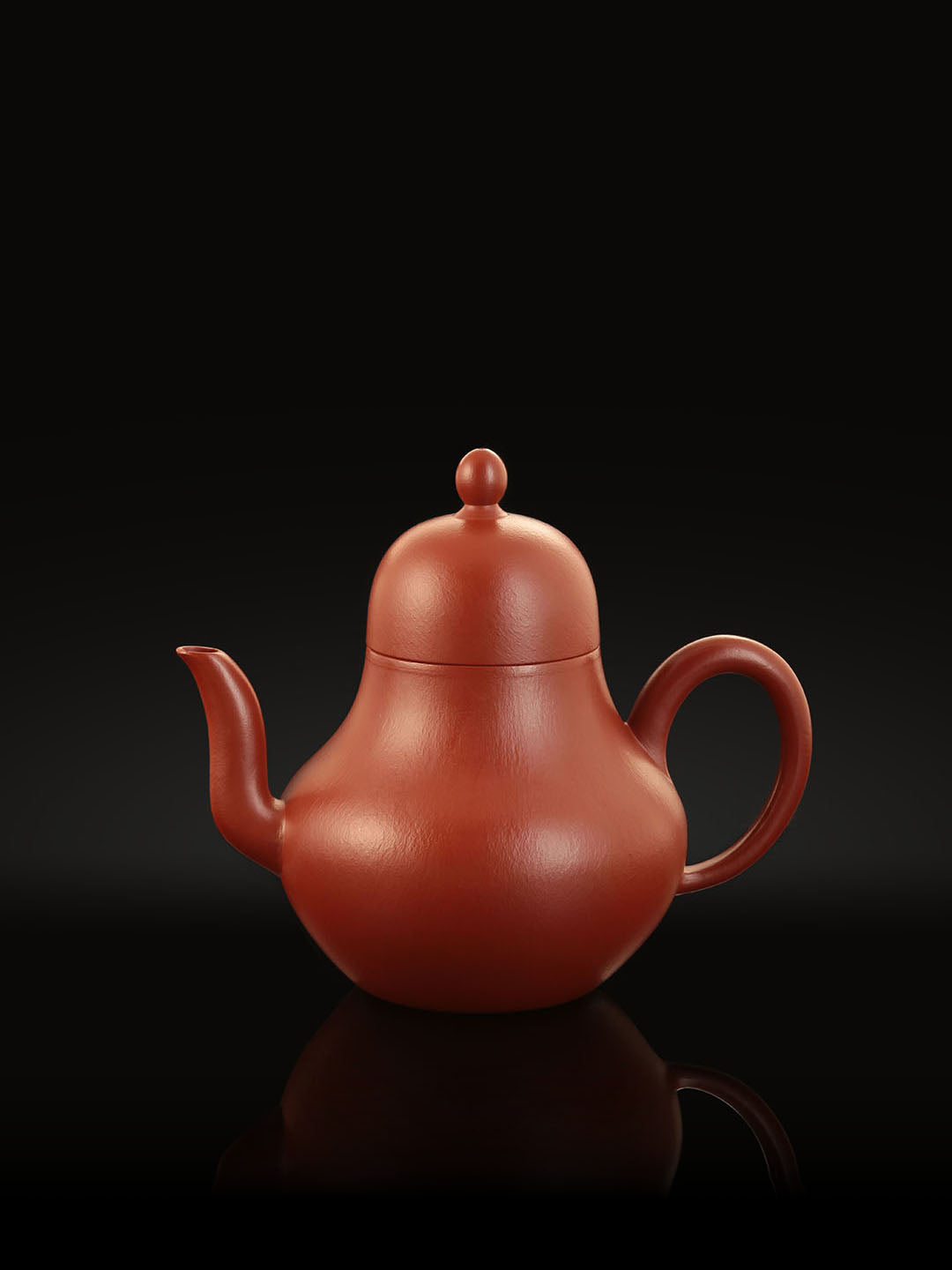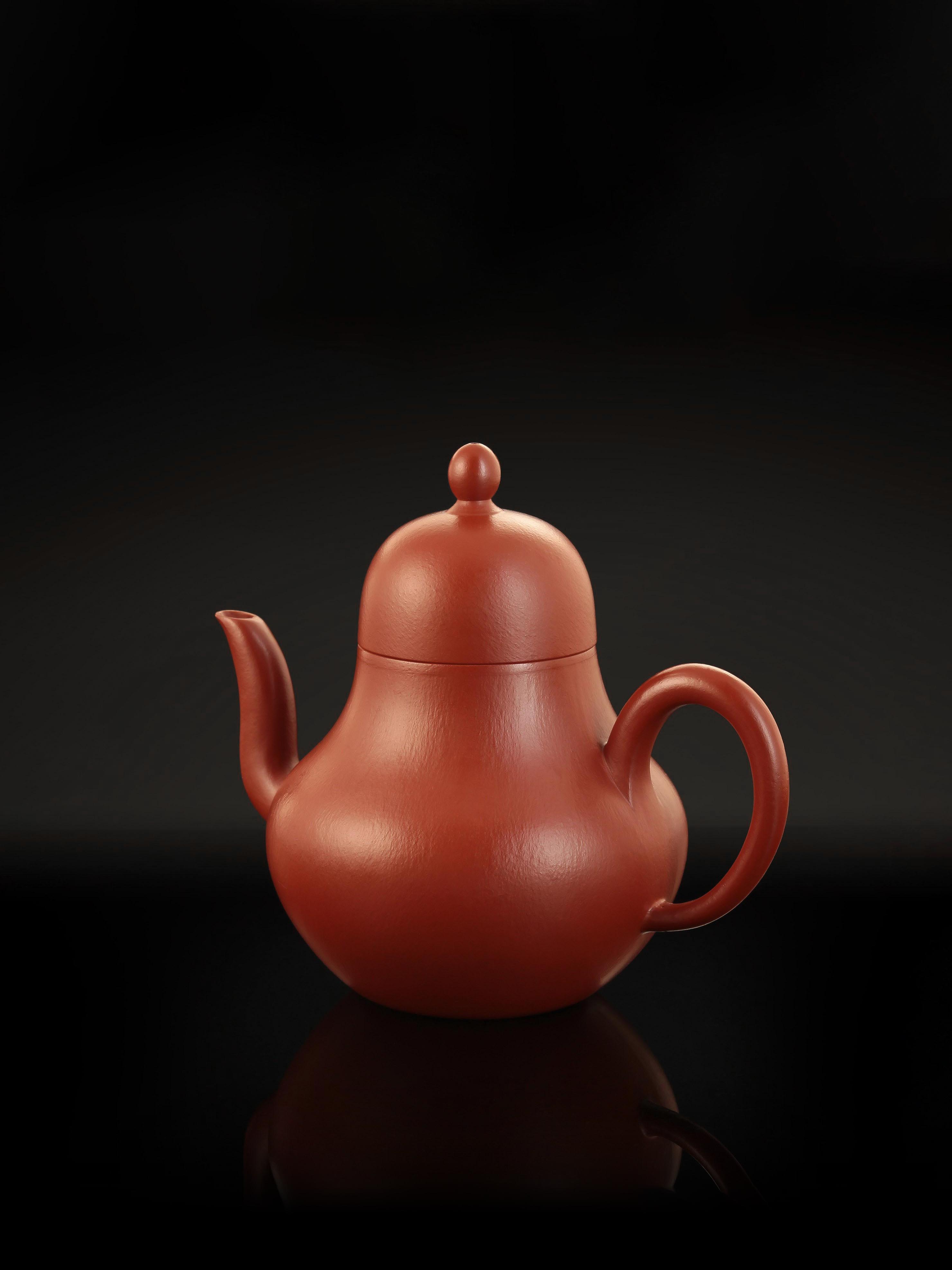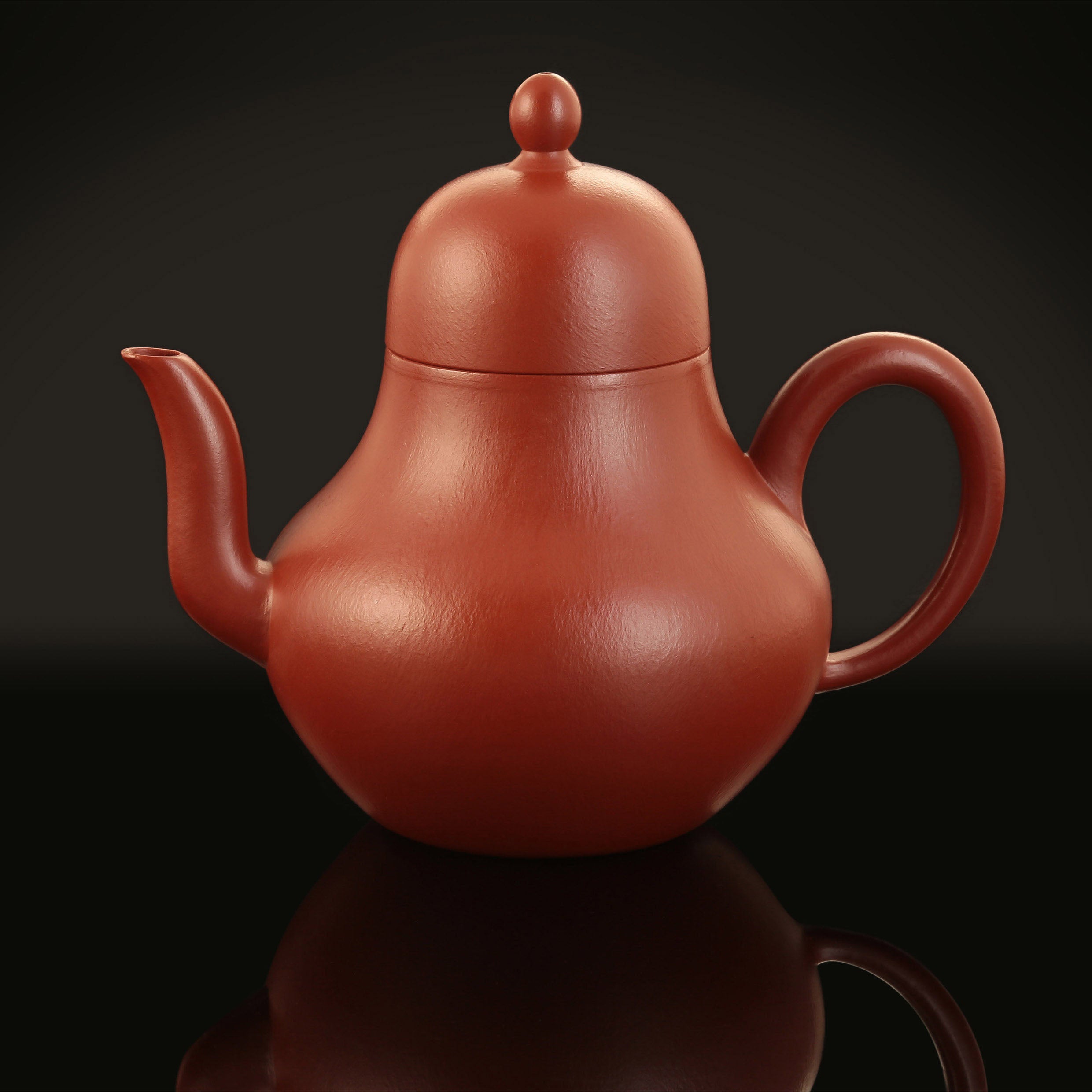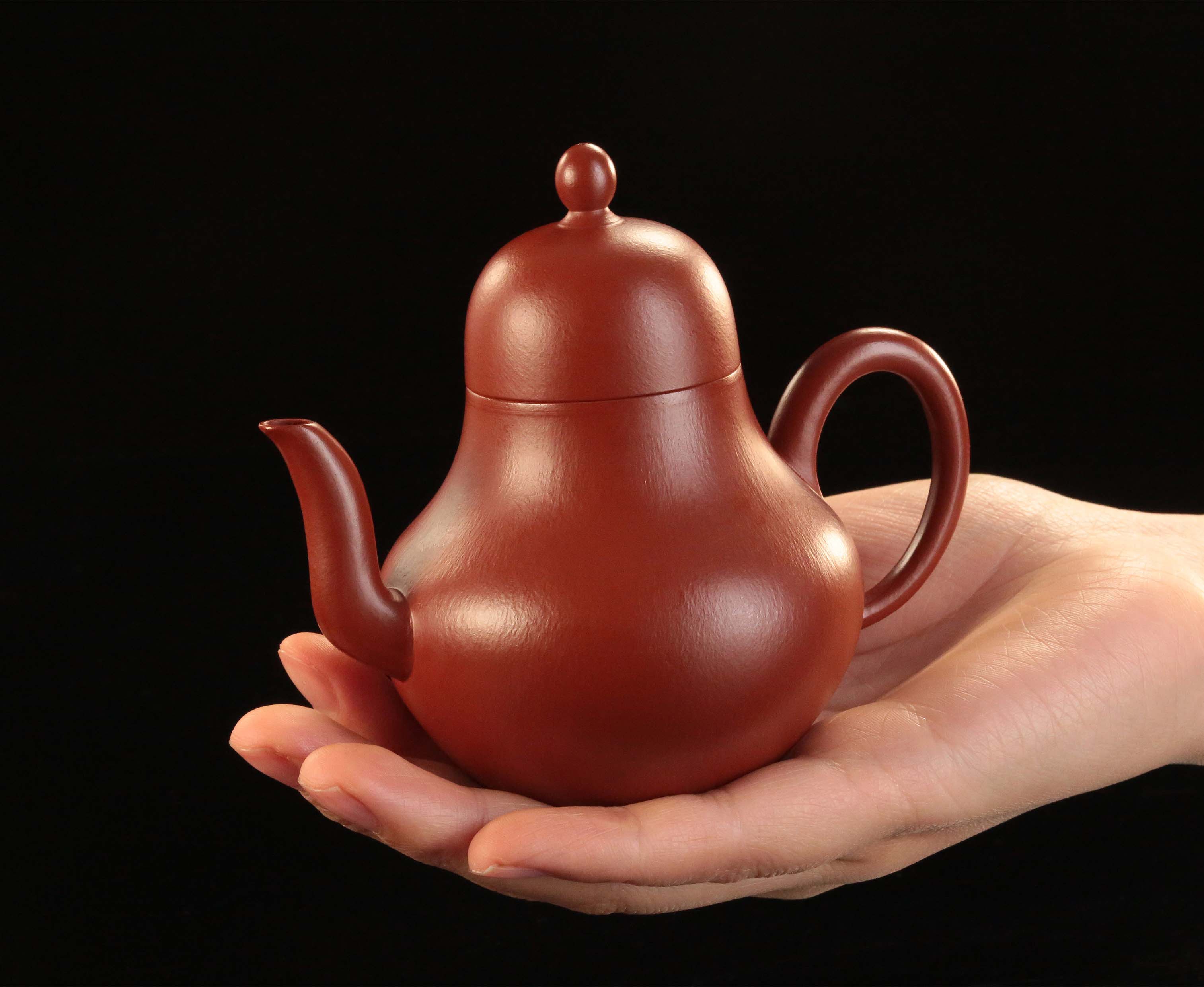




Siting Pot







Siting Pot
Siting Pot
The Siting teapot is a classic work among unglazed teapots, enduring in popularity. This particular piece excels in four aspects:
The graceful form: The smooth and jade-like Siting teapot possesses a spirit; the longer you care for it, the deeper your love for it will grow.
A graceful form: The rounded body of the teapot, with its exquisite lines, delicate shape, and graceful posture, is captivating.
Delicate beauty: A gentle and elegant temperament, like a graceful lady, to be tenderly caressed and appreciated in this leisurely time filled with warm sunshine.
The Siting teapot is a purple clay teapot made by Lu Siting. The body of the teapot is shaped like a gourd, with a curved spout that extends upwards from the belly. The handle is elegant, and the tall, hollow lid is tangent to the mouth of the teapot, forming a complete vessel.
The spherical knob, the clearly defined foot, the clean and neat design, the rounded bottom, and the uniform finish of the entire piece all demonstrate the use of the visible joining technique. This type of teapot has become a specific designation.
Siting's surname was Lu, and he was originally a potter in the early Qing Dynasty. The earlier Siting teapots had a smaller curvature of the spout and a simple spout. When the clay was about 70% dry, he would use a bamboo knife to write his mark on the edge of the lid, and the strokes were quite neat.
The Siting teapots from slightly later periods are characterized by their graceful style. The spouts, influenced by the styles of "Mengchen" and "Yigong," exhibit a more pronounced curve and a sharper spout, making them more practical than their predecessors. The marks are varied, including those written with a bamboo knife and those engraved with a steel knife using double hooks; seals are rare. Based on this Siting style, the Qing dynasty shops "Wanfeng" and "Hengxing" modified the body of this teapot to a hexagonal shape. The most famous is the teapot marked "Qiuya," whose shape is a blend of roundness and squareness, combining strength and gentleness. The character "秋" (autumn) is written with "火" (fire) on the left and "禾" (grain) on the right, clearly in the style of literati calligraphy, with varying stroke weight and a flowing, ink-like quality, exhibiting a pure, aged, central brushstroke.
The Siting teapot is a classic work among unglazed teapots, enduring in popularity. This particular piece excels in four aspects:
The graceful form: The smooth and jade-like Siting teapot possesses a spirit; the longer you care for it, the deeper your love for it will grow.
A graceful form: The rounded body of the teapot, with its exquisite lines, delicate shape, and graceful posture, is captivating.
Delicate beauty: A gentle and elegant temperament, like a graceful lady, to be tenderly caressed and appreciated in this leisurely time filled with warm sunshine.
The Siting teapot is a purple clay teapot made by Lu Siting. The body of the teapot is shaped like a gourd, with a curved spout that extends upwards from the belly. The handle is elegant, and the tall, hollow lid is tangent to the mouth of the teapot, forming a complete vessel.
The spherical knob, the clearly defined foot, the clean and neat design, the rounded bottom, and the uniform finish of the entire piece all demonstrate the use of the visible joining technique. This type of teapot has become a specific designation.
Siting's surname was Lu, and he was originally a potter in the early Qing Dynasty. The earlier Siting teapots had a smaller curvature of the spout and a simple spout. When the clay was about 70% dry, he would use a bamboo knife to write his mark on the edge of the lid, and the strokes were quite neat.
The Siting teapots from slightly later periods are characterized by their graceful style. The spouts, influenced by the styles of "Mengchen" and "Yigong," exhibit a more pronounced curve and a sharper spout, making them more practical than their predecessors. The marks are varied, including those written with a bamboo knife and those engraved with a steel knife using double hooks; seals are rare. Based on this Siting style, the Qing dynasty shops "Wanfeng" and "Hengxing" modified the body of this teapot to a hexagonal shape. The most famous is the teapot marked "Qiuya," whose shape is a blend of roundness and squareness, combining strength and gentleness. The character "秋" (autumn) is written with "火" (fire) on the left and "禾" (grain) on the right, clearly in the style of literati calligraphy, with varying stroke weight and a flowing, ink-like quality, exhibiting a pure, aged, central brushstroke.





Frequently asked questions
Use the FAQ section to answer your customers' most frequent questions.
Order
Yes, we ship all over the world. Shipping costs will apply, and will be added at checkout. We run discounts and promotions all year, so stay tuned for exclusive deals.
It depends on where you are. Orders processed here will take 5-7 business days to arrive. Overseas deliveries can take anywhere from 7-16 days. Delivery details will be provided in your confirmation email.
You can contact us through our contact page! We will be happy to assist you.




